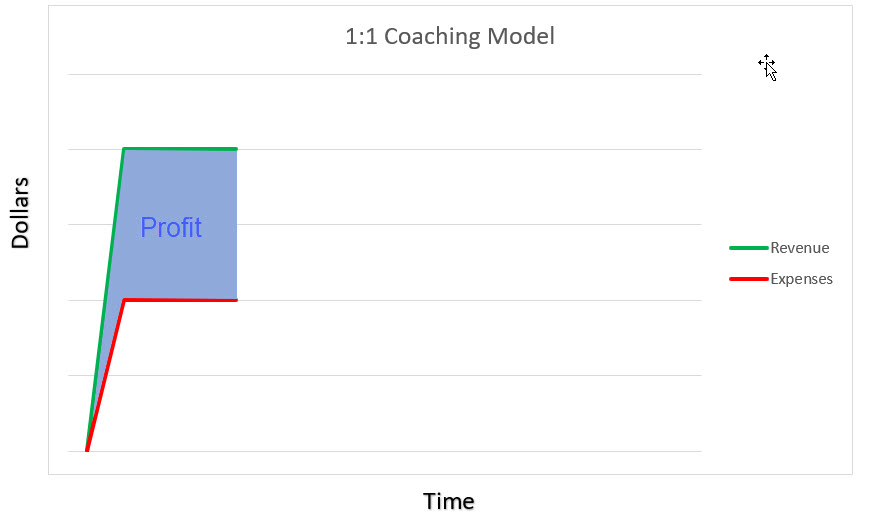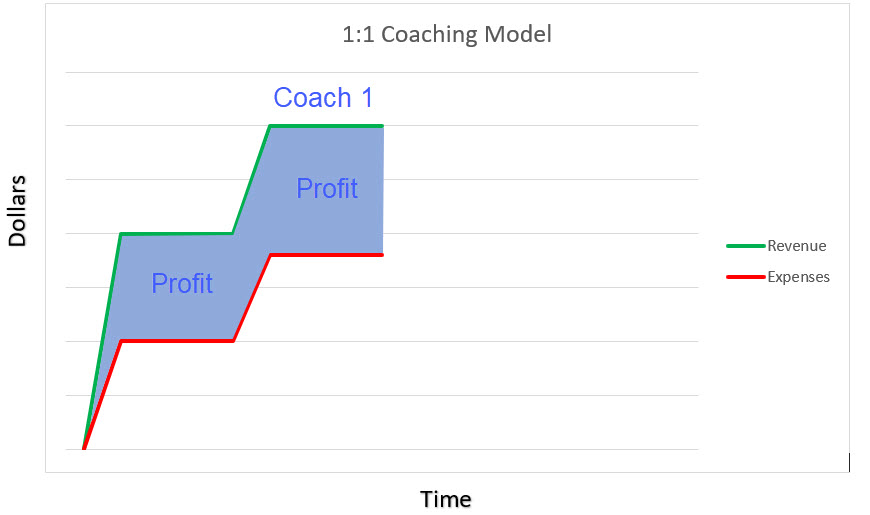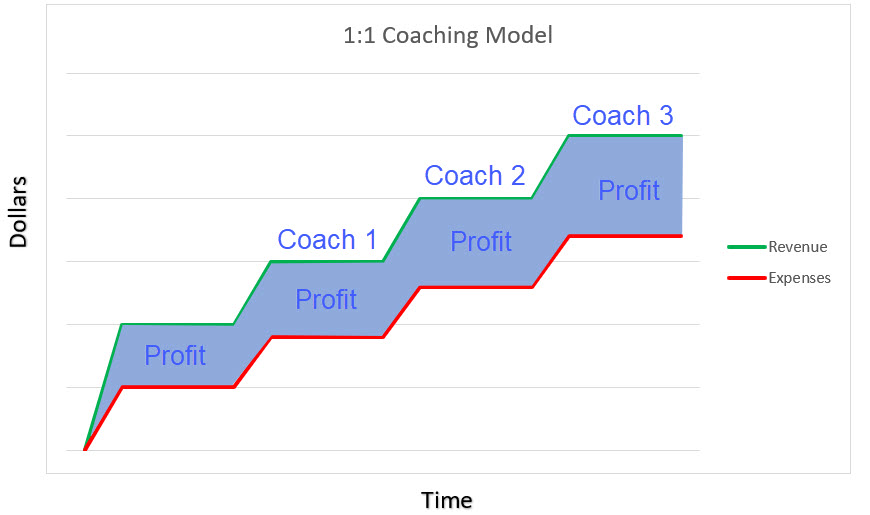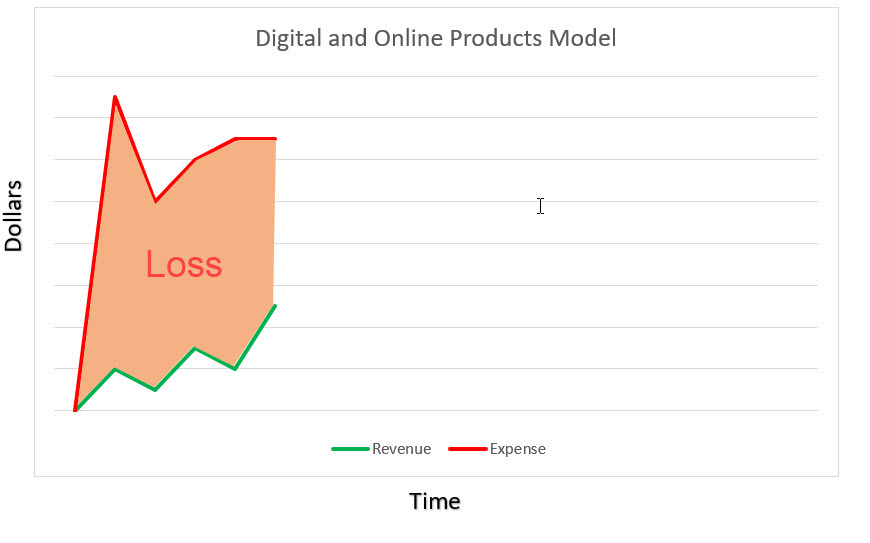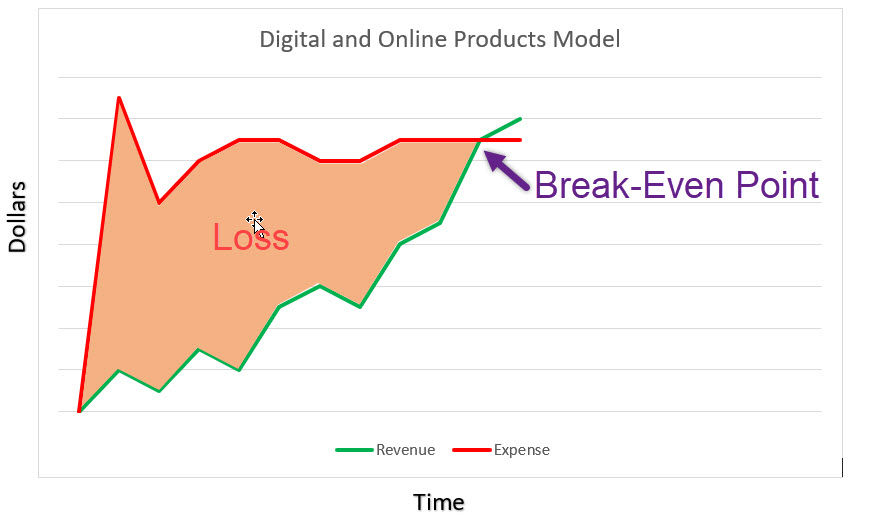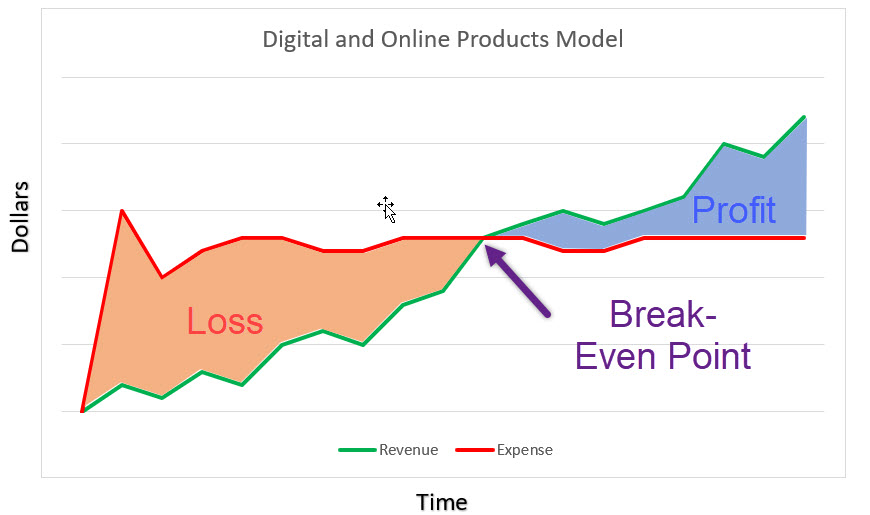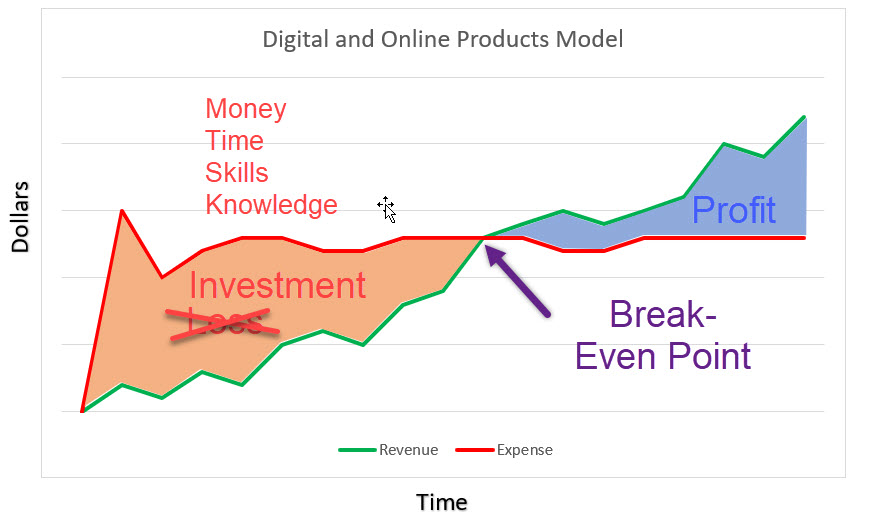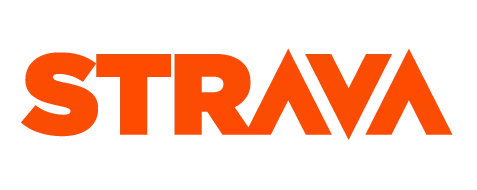Most coaching businesses don't plan out a business model in advance. In the short term that isn't really a problem, but in the long term, the business owner will need to consider a more structured approach to their business if they want to sustain profits or grow.
What are Business Models?
In short, a business model is a structure and plan that identifies sources of income, types of products, types of customers and the details of how these can affect the successful operation of a business over time.
There are a couple of common options I am going to discuss today that are ideal for triathlon, running and other endurance coaching business. The first is the typical one to one coaching model, the other is the model of digital and online products.
Depending on your goals for your business, one or both may be applicable. I won't tell you which one you should use but hopefully, this post will help you understand the advantages and disadvantages of each so you can make that decision for yourself.
I've created a video version where I white board each of these models so you can either watch the video, read the full text version with diagrams or both.
Video Version
Text Version
The One on One Coaching Model
The one on one coaching model is what almost all coaching business start with. It's a great model and allows the coach to start earning revenue immediately with relatively little expenses so can be profitable from day one.
You can see in the diagram for simplicity's sake we can calculate the difference between revenue and expenses as a profit.
Reaching a Ceiling
What happens with a typical one on one coaching businesses is that you start with one coach and because you've only got so many hours in the day, and you need to spend 'X' number of hours with each athlete to offer a good service, you'll soon reach your ceiling of how many athletes you can coach and, in turn, how much revenue you can make with the time you have. You'll reach the limit of your profit margin.
Hiring for Expansion
A lot of coaching businesses think, "oh, there's enough athletes out there. I can get some more athletes on, but I just don't have time to coach them. So, maybe I'll hire a coach."
So, you've got a second coach, let's call them "coach 1". You'll have to pay him or her a fair amount to do the coaching, so your expenses pop up as well. Now, because you have to pay them a fair amount, you can only take a small margin of this new revenue. So, your profit comes up and gets a little more -- but not much more.
Then, to that point, you think, "okay. I can still attract more athletes. So, now, maybe I can hire a third coach here." Again, you have to pay them a fair amount so your expenses pop up significantly. You can see your profit margin getting a little bit bigger each time -- but, as each coach comes on board increasing revenue your expenses increase at a similar rate.
"Alright. Let's crank this up." A fourth coach -- again, expenses pop up and your profit increase is marginal.
Now you could just keep going and continue to add coaches, but this is the part where it gets tricky. Because now, from your one on one coaching business, which is what you really love -- you've got three other coaches to manage. And you've got up to 3 or 4 times as many athletes to manage. So, that's a lot of admin. These coaches, they’re not going to do all the business admin related stuff that gets created from having this type of business model.
That's fine if you want to do all that management -- and not do much coaching yourself, that's a completely valid business model. But, as you can see, you can only incrementally increase your profit margins.
Where to Next?
At some point, you're going to have to virtually stop coaching completely or hire a manager -- if you keep growing with this model. A manager adds more expenses but not more revenue, and the other option means you can't do as much of what you love.
At some point, you may also want to consider increasing your prices for your one-on-one coaching due to inflation or because you set your prices too low initially.
Digital And Online Products Model
That's where another business model can come in. That's digital products, like training plans and online memberships. Products and services you create once and sell over and over again. If you say that the first model is one to one, this model can be considered one too many. One training plan or online membership could be sold to different athletes over and over again.
The Challenges
So, this business model is actually a lot harder than the first model. The one to one business model only ends up being a relatively small amount of customers. So, if you're a local business, you don't need to have a lot of marketing and sales skills, or even spend that much money on marketing to make that work because you only need to reach a small number of customers.
A coach might need 15-20 athletes, depending on how much you charge and how much time you want to spend with them. In your local area, you can easily attract that many athletes without spending much on marketing. Whereas, with digital products, training plans, memberships, which is a much lower price point, you need to attract and reach a much larger audience to make it profitable. That's when you need to learn marketing, and sales-- particularly digital marketing. You also need to learn how social network advertising works, how to determine customer personas, how to really reach people at a deeper level, without being able to sit down with them one on one.
It Won't Work in Isolation
This digital model isn't mutually exclusive to the one on one model. If you go digital, you still need to be doing at least some one-on-one coaching. You might keep the scale of that pretty low just one, two or three coaches. The reason you need both models is that no one is going to buy your digital products or memberships if you don't have credibility in terms of your one on one coaching ability. You need to still do this to build trust, so people will know you're a good coach. But if you are successful, you'll have the option of scaling down your one on one business and be more descerning with the athletes ou choose to coach.
Making a Loss - The Learning Curve
Let's talk about the challenges that coaches come up against with when they attempt this digital model.
I see this all of the time. Mainly it's about expectations. People don't understand how this business model works. Unlike one on one coaching, you can't just get instant revenue.
First, you actually need to start with your expenses. You need to create your products and services. You need to create your training plans, have a way for them to be purchased, create your membership plans and have a platform that people can log into to access their benefits.
Then you have your marketing expenses, your branding needs to be stronger and you need images and other assets for advertising. That costs money so your expenses are going to get up quite high -- that's before you can even offer anything for sale. After the initial setup your expenses might come down a bit but then you need to start spending on advertising and other promotional activities to reach a larger audience.
When you first get started, typically coaches don't have a lot of experience with marketing, sales, and digital marketing. So, there's a big learning curve. What will happen is you might get a little bit of revenue. It will go up and down. You won't really know what's happening because your new and you're figuring stuff out. What you end up with is a loss. Much higher expenses than revenue.
I've also seen coaches try to completely outsource the sales and marketing operations which rarely works. In today's online world it's about creating trust and engagement with your own personal brand and ethos. Marketing professionals can rarely do a good job of this without spending a prohibitively large amount of money. Marketing isn't a short-term project you can hire someone to implement, it needs to be engrained in everything you do on a daily basis.
You can see, already, the difference between this model and the other and why most coaching businesses just do one on one coaching.
This is a challenge, right? This is the point why most coaches give up on this sort of thing and think it's not working. But, in actual fact, this is how this business model works. There is no way that you can just become profitable straight away. You need to spend money up front before you can bring in any revenue through sales.
If you can get through this point, then you might have learned a little bit and start figuring out your digital marketing. You will start to get some traction. You might start to pop your revenue up a little bit. Your expenses stay pretty much the same. But you still have a loss. So, you need to understand that in this business model you have to be able to sustain that over at least a few months if not more while you find your feet.
Breaking Even
If you just keep going, then you'll get better and start getting more and more traction. You'll reach the break-even point. So, you'll be spending the same amount as you're earning. As much as that's not that exciting because you’re still not making any profit, it is quite a significant point to reach. Most businesses other than service businesses have to live by this model and you are probably already familiar with the term break-even point -- that's a real goal for people to get to, a big milestone.
The great thing about reaching the break-even point is your expenses continue to be reasonably flat. They might pop up and down a little bit or go up as you scale, but your revenue will continue to grow faster than your expenses, that's the key.
Scalability
This is a good place to introduce the concept of scalability.
The first business model of one on one coaching is not highly scalable. With each coach you add, you add a similar amount of expenses as revenue. So, your profit margins are really small. But with the digital model, each sale you make -- because you're making stuff once and selling it over and over again digitally or online, the profit margins can be quite high. The more you sell, the higher the margin.
Revenue will continue to rise faster than expenses, sure they will flatten off, a little bit -- it's still a niche market so you need to be realistic but you can definitely scale your business with a much broader profit margin than you can with one on one coaching even with lots of additional coaches.
The thing is, most coaches never make it to this point in the model because they think through the period before break even they are failing. They think that the model is not working, but in actual fact, this is a requirement of this business model. It is not that the business model doesn't work, or you haven't done a good job in this business model. This is just a requirement of it.
Decreasing the Time to Break Even
Of course, you can accelerate how quickly you get to the break-even point, and you can do that by -- instead of considering the stage before break even as a loss, you need to consider that as an investment. So, if you invest heavily in that stage, then you can get to your break-even point faster.
So, what do I mean by investment? Of course, I do mean money, but what I mean more than money is time. Your time to learn the skills and knowledge required to make this business model work. It results in the experience to bring the revenue curve up faster than what it might normally do. A lot of people battle here because they don't have those skills. If you invest your time and some money into learning those skills, then you can accelerate that point to break even.
If you don't invest in that, then you might not reach that break-even point at all. That's the danger, but it's also a massive opportunity as there are not many coaching businesses out there doing this well.
Conclusion
Hopefully, this explains, the differences between these models and how they can be applied to an endurance coaching business. It should at least help you consider whether the digital model might be a good addition to your coaching business and will set you up with some realistic expectations of what it takes to make each model work.
Because the digital model is very difficult it is a challenge but it is also a massive opportunity because there are not many coaching businesses doing this well.
Thanks for reading, please take a look at our other posts to help with the business side of coaching and if you haven't tried out Training Tilt our e-commerce and coaching platform give our free trial a shot.
We've done our best to build a platform that you can run many aspects of your business through, not just training plans.
Take our Free "Authentic" Marketing Course for Coaches
Designed for endurance sport coaches. Marketing doesn't need to be pushy. The best marketing simply creates a win-win relationship between you and your customers. Take the simple 6 part course to learn more.


